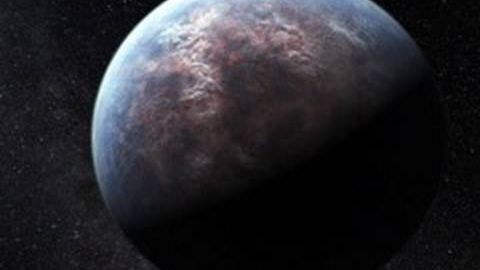
Subtitles & vocabulary
The Search For Earth-Like Planets
00
Wonderful posted on 2013/10/16Save
Video vocabulary
sun
US /sʌn/
・
UK /sʌn/
- Noun (Countable/Uncountable)
- Light and heat coming from a large star in the sky
- Hot shining star the Earth moves around
- Intransitive Verb
- To lie in the sunshine and enjoy its warmth
A1
More close
US /kloʊz/
・
UK /kləʊz/
- Adjective
- Almost; near
- (Of a friend) well-known; liked by others
- Verb (Transitive/Intransitive)
- To come progressively nearer to something
- To end; to bring to an end
A1
More light
US /laɪt/
・
UK /laɪt/
- Transitive Verb
- To cause something to burn; put a burning match to
- To provide a way to see ahead
- Adjective
- Being bright making it easy to see; not dark
- Being pale and lacking darkness of color
A1
More Use Energy
Unlock All Vocabulary
Unlock pronunciation, explanations, and filters
